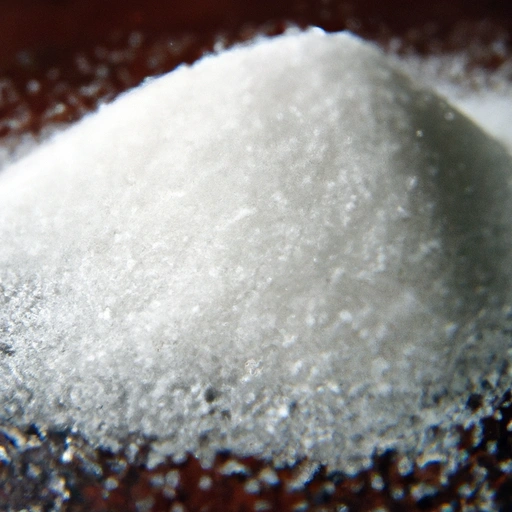Granulated Sugar
Description

Granulated sugar, also commonly referred to as 'table sugar' or 'white sugar', is a crystalline sweetener derived from sugar cane or sugar beets. It is a staple ingredient in kitchens worldwide and is characterized by its fine, free-flowing granules that are ideal for providing sweetness to a variety of dishes and baked goods. Granulated sugar measures the same in volume across different measurement systems, making it a convenient ingredient for international recipes. In the United States, it is usually measured by volume in cups (1 cup equals about 200g or 7oz), while in Europe and other parts of the world, it is often weighed in grams or kilograms. Regardless of the system used, granulated sugar plays a crucial role in both sweet and savory preparations.
Common uses
Granulated sugar is widely used as a sweetener in hot and cold beverages, as well as a key component in baking, where it contributes to the texture and color of baked goods. It also serves as a preservative in jams and jellies, aids in fermentation in bread making, and can be used to help caramelize foods and create syrups. Its fine texture allows it to dissolve easily, making it a preferred choice for sweetening applications.
Nutritional value
Calories
Granulated sugar contains about 387 calories per 100 grams (3.5 oz).
Protein
Granulated sugar contains no protein.
Fat
Granulated sugar is fat-free.
Carbohydrates
Granulated sugar is composed almost entirely of carbohydrates, specifically sucrose, and contains about 99.98 grams per 100 grams.
Vitamins
Granulated sugar is not a significant source of vitamins.
Minerals
Granulated sugar contains trace amounts of minerals but is not considered a meaningful source.
Health benefits
Granulated sugar does not offer substantial health benefits; it is primarily a source of energy due to its high carbohydrate content. However, it can be a quick source of glucose, which is beneficial for situations requiring immediate energy replenishment.
Potential risks
Excessive consumption of granulated sugar can lead to a variety of health issues, including obesity, type 2 diabetes, heart disease, and dental cavities. It is recommended to consume sugar in moderation as part of a balanced diet.
Common recipes
Granulated sugar is a key ingredient in countless recipes such as cakes, cookies, pastries, and candies. It is also used in the preparation of bread, sauces, marinades, and dressings.
Cooking methods
Sugar is used in multiple cooking methods, including baking, boiling, fermenting, and caramelizing. It can also be used to add a sweet glaze to meats and vegetables when roasted or grilled.
Pairing with other ingredients
Granulated sugar pairs well with virtually all flavors, enhancing the taste of fruits, spices, chocolate, vanilla, and dairy products. It also balances the acidity of tomato-based dishes and the bitterness of coffee and tea.
Summary
Granulated sugar is a highly versatile and globally recognized ingredient, essential in both culinary traditions and modern recipes. Its ability to add sweetness, texture, and color to food makes it a staple in the culinary world. While it should be consumed in moderation due to health considerations, granulated sugar remains an indispensable component of the gastronomic experience, connecting diverse cultures and tastes.